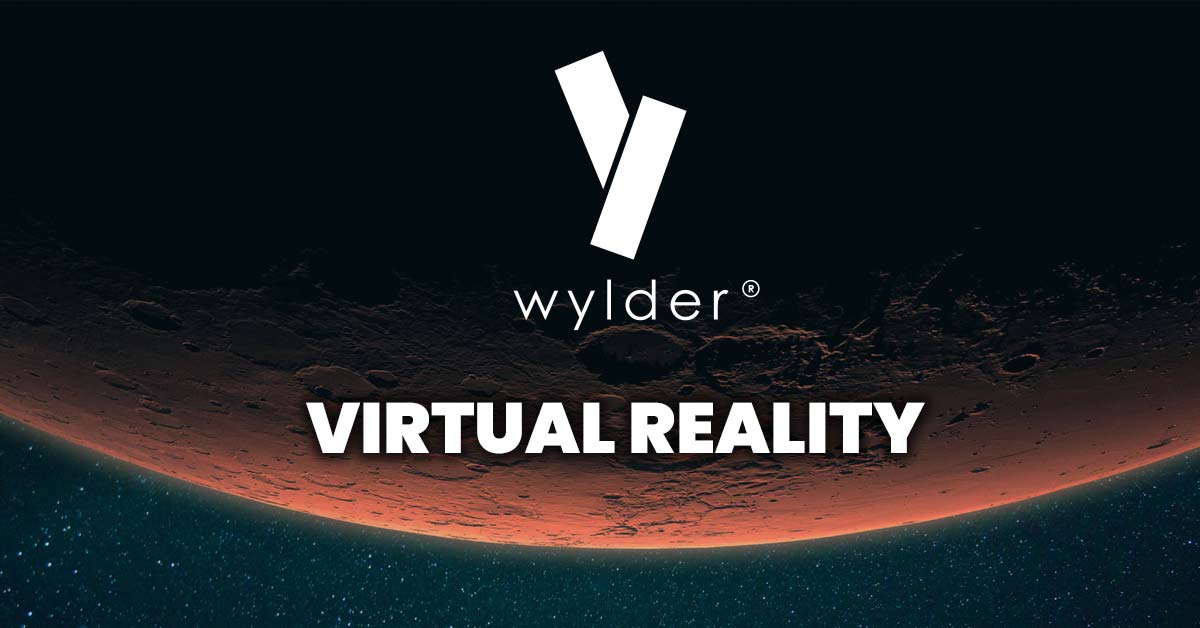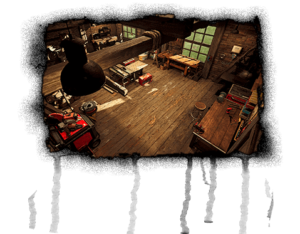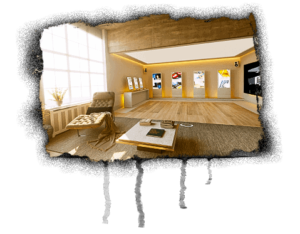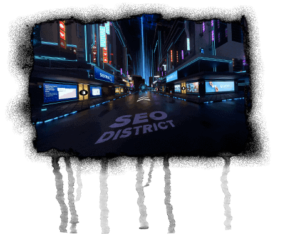Virtual reality
The term virtual reality is made up of the English words “virtual” (in German “virtual”) and “reality” (in German: “reality”). “Virtual” means something that is not real. A condition is described that does not exist physically, but actually exists in terms of functionality or effect. “Reality” stands for the perception of a real world, while virtual reality describes a world that is not real, but exists and can be experienced. This makes it possible to perceive and create any place that is developed by software.

Virtual reality applications and technologies
One possible application is the Cave Automatic Virtual Environment, or CAVE for short. This is a space in which a non-real environment is projected. Areas of application are, for example, the planning of buildings or facilities using a 3D model, the development of designs for furniture and everyday objects or the drafting of new models in automobile construction.
Another way to turn a non-real world into a real experience is with a head-mounted display. These are 3D glasses that users no longer have to rely on a monitor for, but instead perceive the unreal environment through these glasses. Users can move their heads in all directions and experience games, scenarios from the future or fantasy. 3D glasses come from manufacturers like Oculus, HTC and Sony. In order to enable interaction with real objects in virtuality, special input devices such as a flystick, a 3D mouse or a data glove are also required.
Companies also provide their employees with content in virtual reality in order to make products or services tangible. A virtual space is created by means of a metaverse (“metaverse”), in which customers or users can move realistically. The result is an extension of physical reality through virtuality (“augmented reality”). The term “metaverse” is made up of “meta” (“about”) and “universe” and is used to describe shared 3D spaces. These are combined to form a virtual overall picture that is perceived by all actors.
perspectives and reviews
Without a doubt, the economic importance of virtual reality is very high. It is used in many areas and facilitates the development of new innovations. The future will be even more shaped by VR. However, the connection to reality must not be lost.
Immersing yourself in a non-real world can be both rewarding and disturbing for users. It pushes back normal reality, and it becomes difficult to return to and navigate within it. Some users also get dizzy when unreal and actual movements differ.





